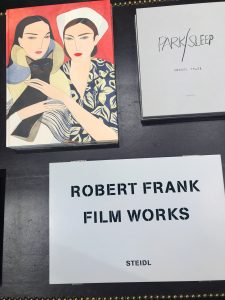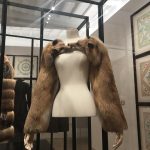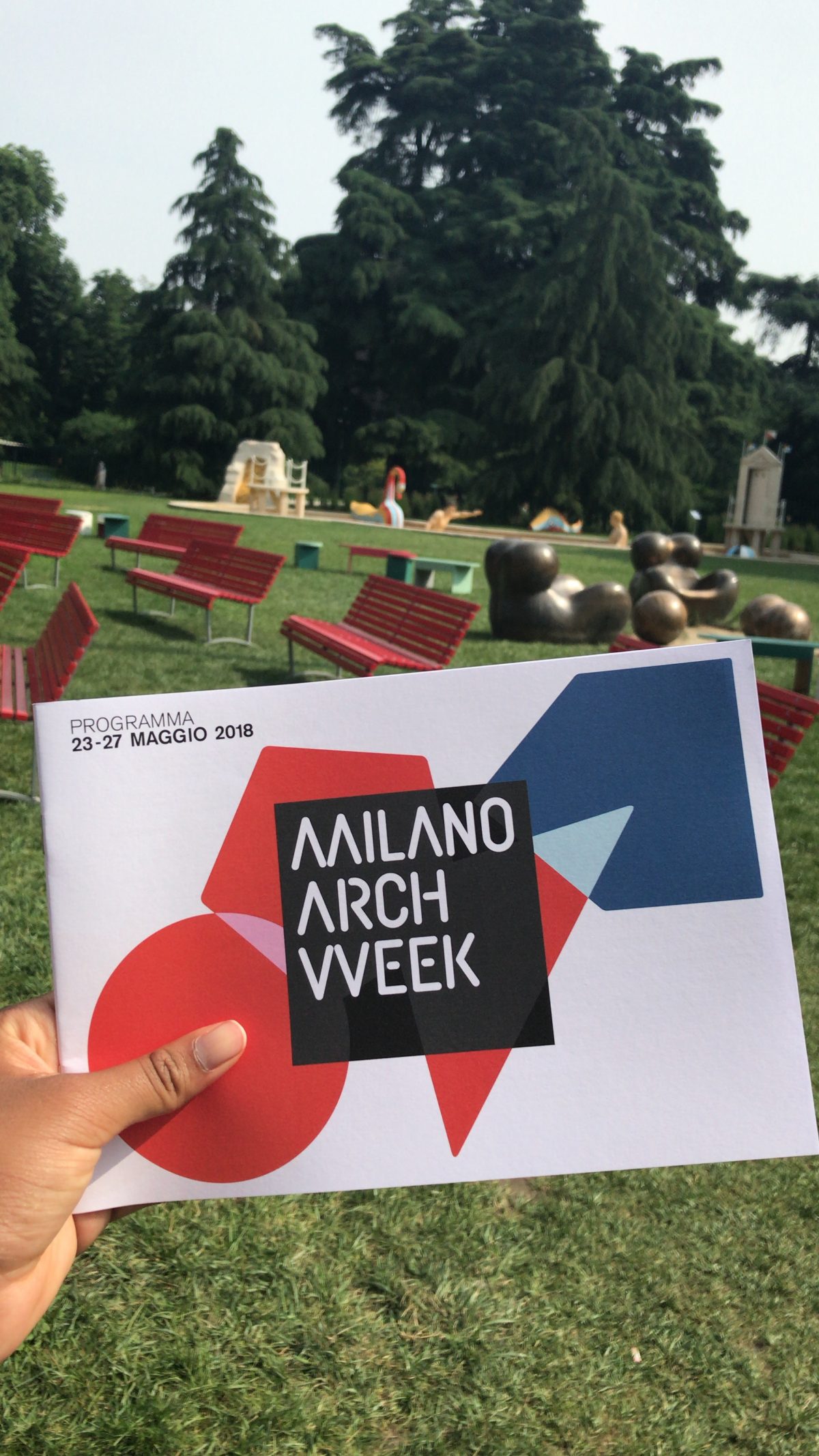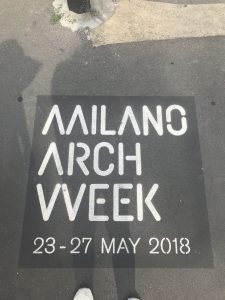
From wandering in small towns aimlessly to walking purposely through museum exhibits, I have learned some lessons from the environments that I was put in over the course of a month.
There’s something special about the historical value of all of the design work that we have seen that will influence the way that I will approach future projects.
I didn’t really realize how much the country of Italy has been through until the Mapping the City assignment. It’s kind of crazy how much these people have gone through and how these changes can be seen in simple things like the buildings, layout of the city, languages/dialects, meals, behaviors, etc.
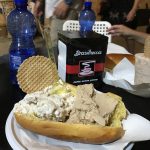
I’ve been in Catania since the program ended and it’s totally different here — this is where granitas came from (and they are SO MUCH BETTER) but also served and eaten differently than in Milan which is interesting because of the geographical and historical barriers. I’ve also learned some of the simple difference between dialects and phrases across the country. It’s just that simple things can differ so much even though this is a relatively small country.
Our travels all over Europe and specifically Northern Italy have surely influenced me and hopefully I can apply some aspects to my work in the future.
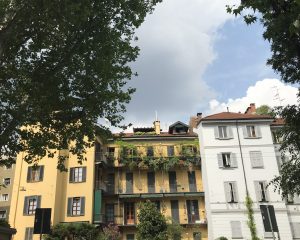
The colors that were in Milan were among the most important discoveries on this trip. The faded and unique hues of the buildings have so much character. I will be using the eyedropper tool for sure.
It was also very nice to see objects or concepts that we have learned in classes in real life. Who knew that I would see Charlotte Perriand’s chaise lounge chair in real life? I seriously did and I definitely gawked about it. I also got to see a frank Gehry building in the flesh, so cool!
Getting to broader scope, the most influential trip we took for me was that to Venice. The long trip was really worth all that we got to experience and see.

By far, Fabbrica was my favorite part. It was cool to see a total design space where these people work, research and develop their ideas. It just seemed like an immersive design company that could benefit anyone in the field. I have never seen so many design books in my life until stepping foot into their library and just being able to see them and note down their titles just to reference (or buy) later on was fun.
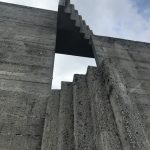
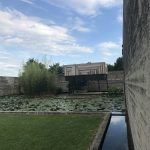
In addition to that, I enjoyed Carlo Scarpa’s work that we saw. The Brion Cemetery was actually one of my favorite locations that we saw. I liked how there was this calmness to the space and usually cemeteries are eerie but this one was peaceful and welcoming. The influences from Japanese and Mayan architecture and/or symbolism are clear but with a personalized and cohesive twist that gives his work a strong identity. Usually when you think about death, you would want to stay away from it but this space gravitates you to explore more and get closer.

The trip to Studio 13 piqued my interest as well because of all the advice that he gave. If you have fun and enjoy what you’re doing then it’ll be easy to work with others and things will come easier for you. When it came to projects I would always pick colors first and form everything around those simple things. I always was married to an idea with my own personal projects and I had to learn that it is not best to do that. I am happy he actually brought that up because it was something that I struggled with a lot in the past. Plus, his visual work was actually really cool although the purpose was confusing to me.
I think that all of these things that we saw as a group and as individuals have actually helped me understand the world a little bit more visually. You can tell when a designer has done their research and incorporates other cultures in thoughtfully or culturally appropriates wrongfully in their work. I feel like once there is a good balance or understanding of your own power in presentation and formation of your own work it will show to your audience. There were some designers who tried too hard and I ended up disliking their work while others who were thoughtful and simple with their designs I ended up appreciating. I would hope that I could find the right balance or just make work that I am proud of after this trip.

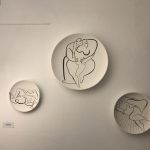
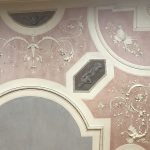
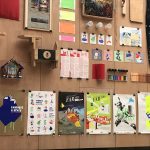
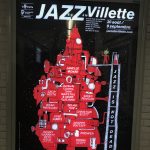



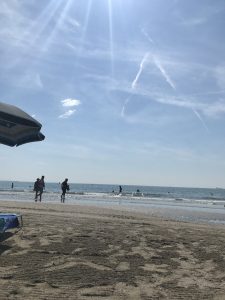

 On Wednesday this week we all visited the Armani Silos in Milan.
On Wednesday this week we all visited the Armani Silos in Milan.
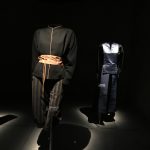 First of all, why even name an exhibit “ethnicity” when there are over 175,000 words in the dictionary. This wasn’t about people’s ethnicities, it was about cultural appropriation used in his work. He says he was inspired by these different cultures —
First of all, why even name an exhibit “ethnicity” when there are over 175,000 words in the dictionary. This wasn’t about people’s ethnicities, it was about cultural appropriation used in his work. He says he was inspired by these different cultures —